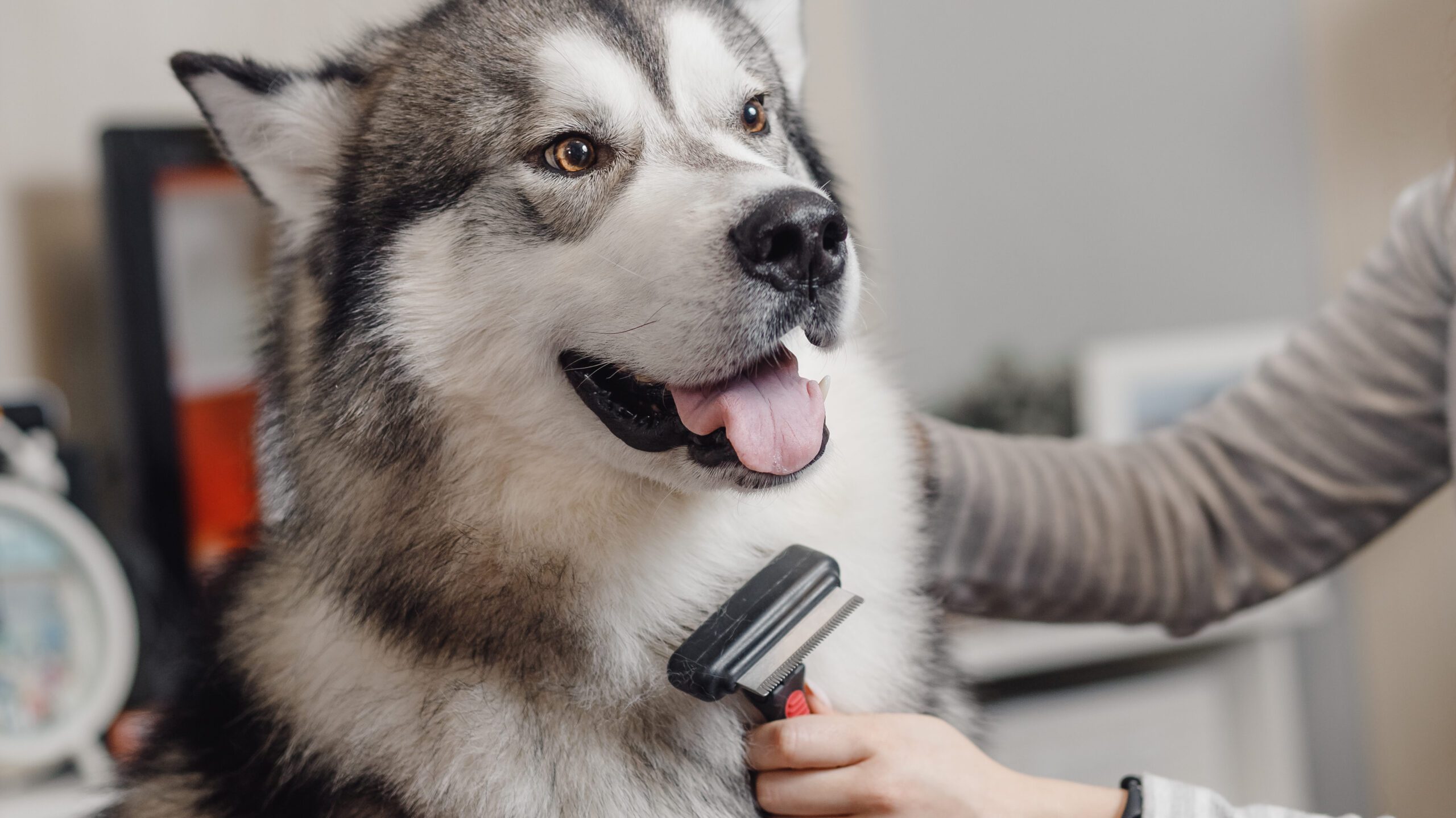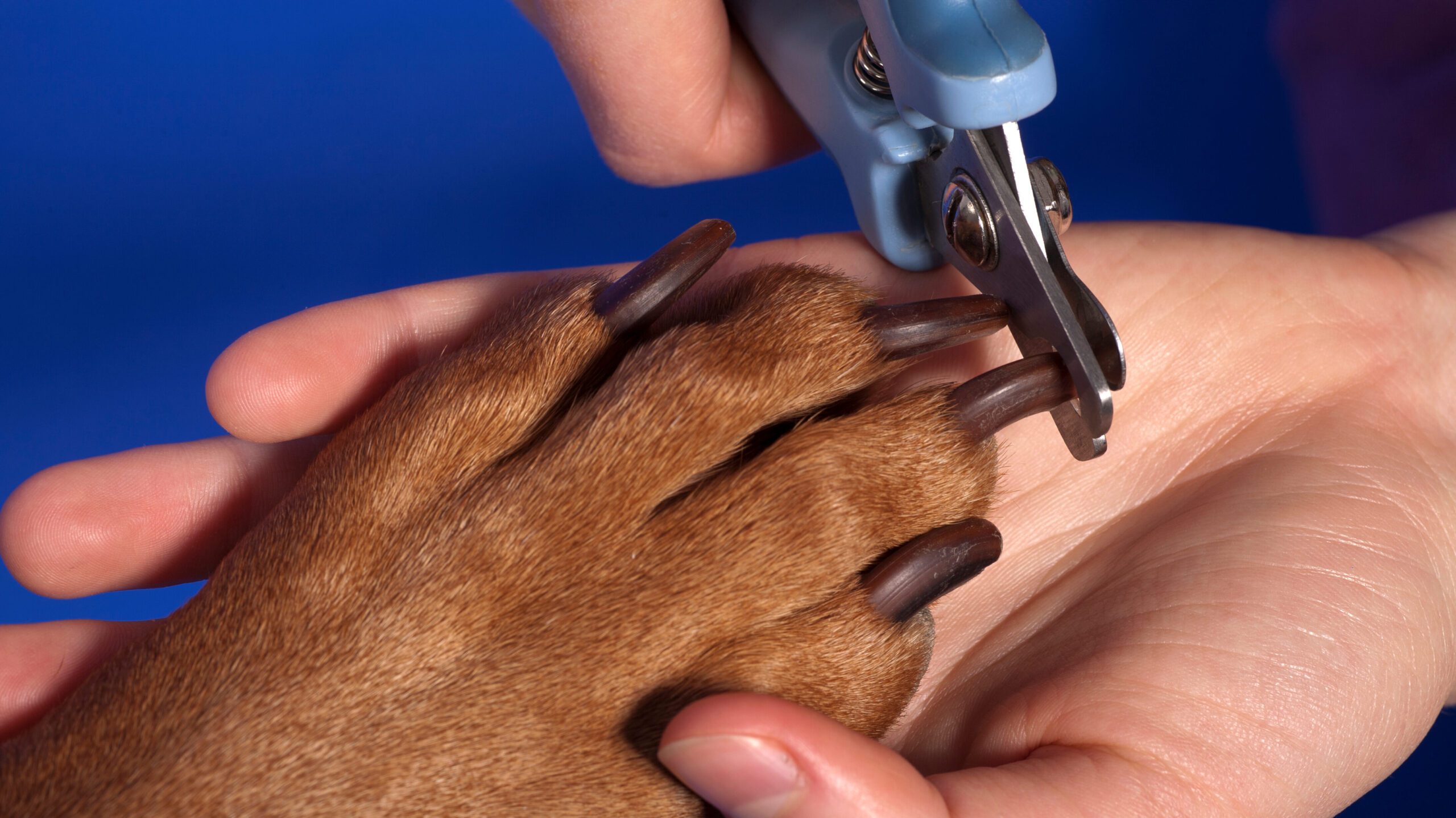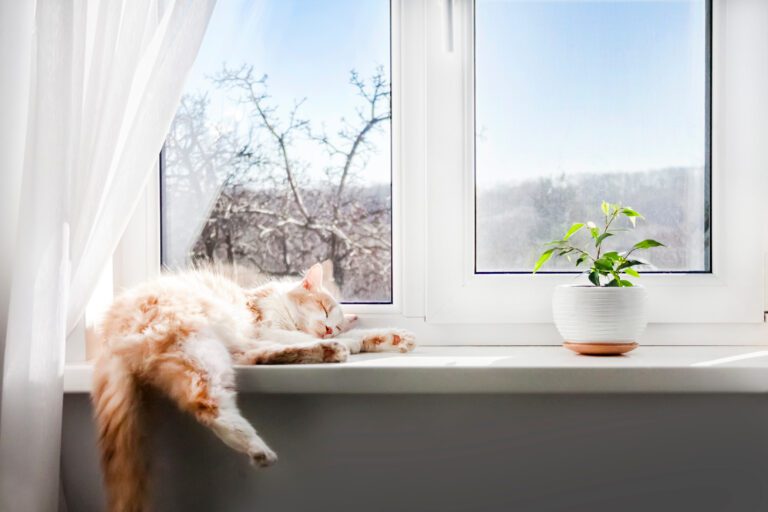Maintaining a regular grooming schedule at home is an essential aspect of being a pet parent, in addition to daily walks and mental stimulation for your furry companion. Even if you take your pet to a grooming salon, there are still grooming tasks that you can handle at home, particularly if you have a large or high-maintenance dog. To help you in this endeavor, we have compiled five valuable tips for dog grooming at home!
Start Early
Socializing your puppy is crucial for exposing them to various experiences in the world. The more they encounter different situations, the better they learn not to fear them. Additionally, they can associate positive outcomes with specific events. For instance, if you walk past a neighbor’s noisy dog without reacting and receive a treat, it teaches your puppy that ignoring distractions brings rewards. Grooming should be included in this socialization process. Begin by handling your puppy gently and touching different parts of their body such as paws, tail, tummy, and ears. Reward and praise them throughout the process, helping them understand that being touched is nothing to be anxious about. Start with short sessions and gradually increase the time spent on handling. Offering a chew toy or a dollop of peanut butter can serve as a distraction and encourage them to remain still during grooming sessions.
Introduce the Tools
Once your dog is comfortable with being handled, it’s time to introduce the grooming tools that are suitable for their breed. For double-coated breeds, a rake and metal comb will be invaluable tools. If you have a dog with tight, curly fur, a slicker brush and metal comb should be at the top of your list. For breeds prone to knots or mats, such as those with curly coats, a de-matting knife can be a helpful investment. Despite its name, this tool allows you to cut through knots and mats with minimal discomfort to your pet. For dogs with soft, sleek coats, a rubber paddle brush with rubber nobbles can effectively remove loose hair while brushing.
- Brushes and Combs – SHOP NOW
- Paw and Nail Care – SHOP NOW
- Shampoos, Skin Care, and MUCH more – SHOP NOW

Establish a Routine
It’s easy to let daily life interfere with grooming sessions, especially when work or family issues arise. However, by establishing a grooming routine, you’re less likely to forget or neglect this important aspect of pet care. You can choose to groom your faithful friend either before work or just before bed. Dogs appreciate routines as well, and they will quickly adapt to the regularity if you remain consistent.
Dog Grooming Extends Beyond Brushing
While the tools mentioned above primarily focus on brushing, it’s essential to understand that grooming encompasses more than just brushing your dog’s coat. Regularly check and clean their ears and eyes. For cleaning the eyes, simply dampen cotton pads or a soft cloth and gently wipe around the area. Using a dog-safe ear cleaner can help keep their ears free of grime. Pay special attention to poodles or poodle crosses, as they require regular ear plucking to remove hair from the ear canal. Neglecting this task often leads to ear infections.

Brush Their Teeth
Just like humans, dogs can develop plaque and tartar buildup, which can lead to oral health issues. The best way to prevent this is by brushing their teeth regularly. Introduce toothbrushing to your dog as early as possible. Allow them to familiarize themselves with the toothbrush and toothpaste by sniffing and exploring them. Begin with short sessions, lasting only 20 to 30 seconds initially. Offer continuous praise and rewards throughout the process. The goal is to help your dog realize that tooth brushing is not a negative experience, especially when there’s a treat involved at the end!
Grooming your pet at home is a significant responsibility of being a pet parent. By starting early and following these guidelines, you can make the grooming process as stress-free as possible for both you and your furry friend. Remember to choose the appropriate tools for your dog’s specific needs, provide regular praise and rewards, and establish a consistent grooming routine.
However, if you ever feel unsure or encounter challenges while grooming your faithful companion, don’t hesitate to seek advice from a qualified groomer. Together, you can ensure that your pet’s grooming needs are met, keeping them happy, healthy, and looking their best.
Click here to learn more about dog training and some basic tips for successful dog ownership!






